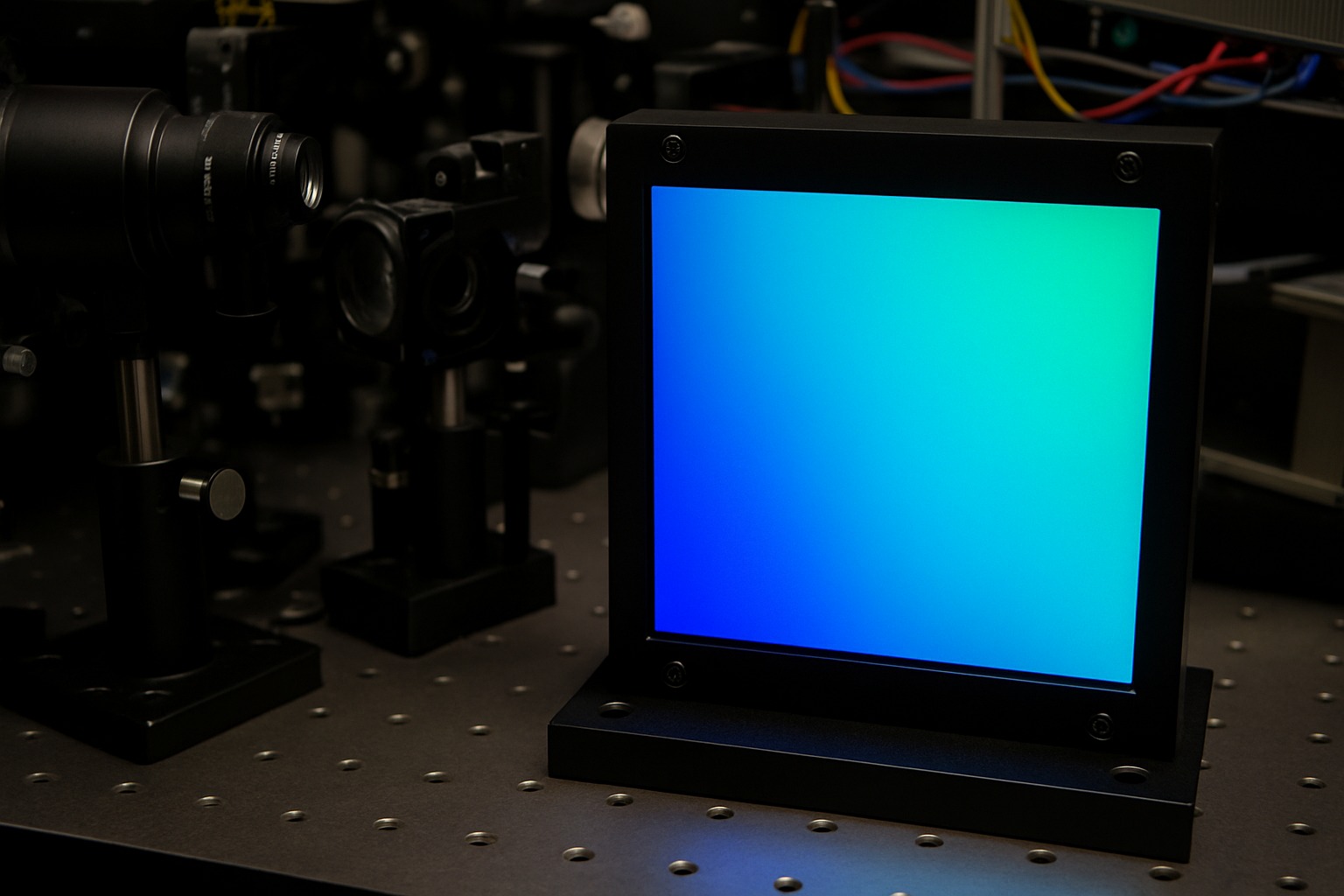
A group of scientists figured out something wild. They found a color no one had ever seen before. It’s not made with paint. It’s not something your screen can show. They named it Olo, and only five people on the planet have seen it.
This color doesn’t exist in nature. Your eyes can’t see it on their own. It took lasers, eye-tracking, and a machine called Oz to make it visible. It’s blue-green, but more intense than anything most people have ever looked at.
So, how did they do it?
Your Eyes Were Never Built to See Olo
View this post on Instagram
When you look around, your eyes use special cells called cones. There are three kinds—one for blue, one for green, and one for red. Usually, they work together. Even if something looks green, your brain is getting a mix of signals from more than one type of cone.
The scientists behind Olo figured out how to break that rule.
They used a laser setup that hits just the green-sensitive cones, called M-cones. They avoided the others completely. When that signal went to the brain, the result was something brand new. It wasn’t any green you’ve ever seen. It wasn’t even on the color spectrum your brain is used to.
Why Only Five People?
Because it’s hard. Really hard.
The team first had to scan the person’s eye to find the exact cones they wanted to hit. Every eye is different. Then they used laser pulses that moved with the eye in real time. If the laser missed, even by a little, the person just saw normal green.
So far, only five people have gone through all the steps and actually seen the color.
What Is Olo Like?

It’s somewhere between blue and green. But it’s not a mix. It’s its own thing.
People who saw it had to mix in white light to even begin to compare it to anything they’d seen before. That shows how far outside normal vision Olo sits.
You can’t paint it, print, or simulate on a phone. The color Olo only shows up when your eyes are fed a signal they’ve never had before.
And What’s the Point of This?
The machine creates a direct link between light signals and the eye’s cone cells. It allows close-up control over how each cell reacts to light.
With that level of detail, scientists gain new tools to explore how the brain responds to color. The system also helps reveal what happens in eyes with color blindness or damaged vision. There is potential for expanding how much the human eye can actually detect.
The next National Color Day will have something new to include in the celebration.
















